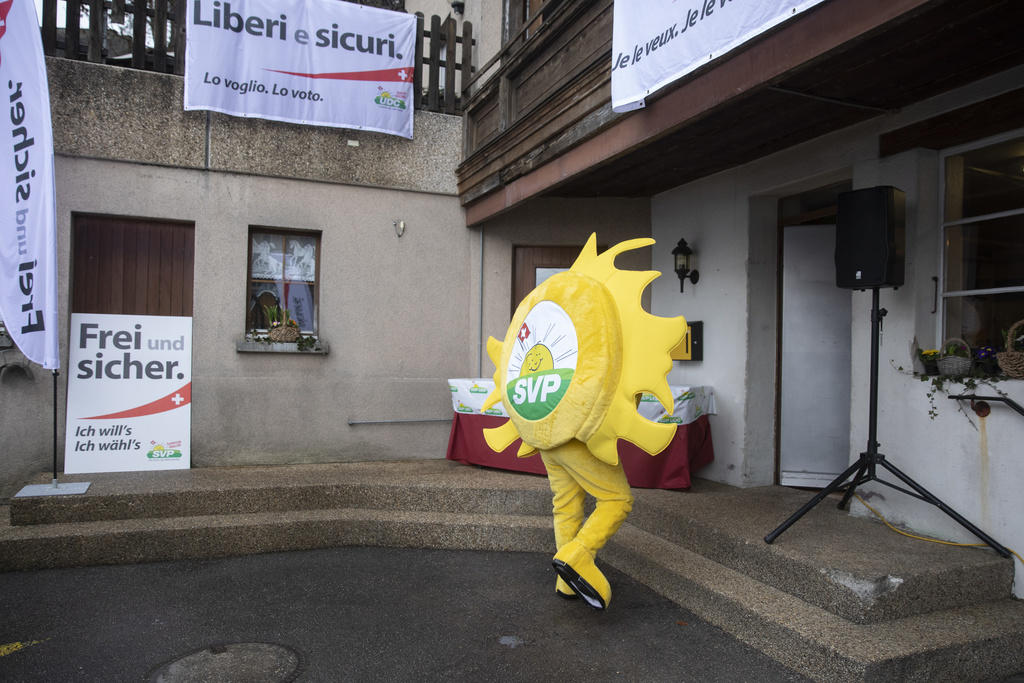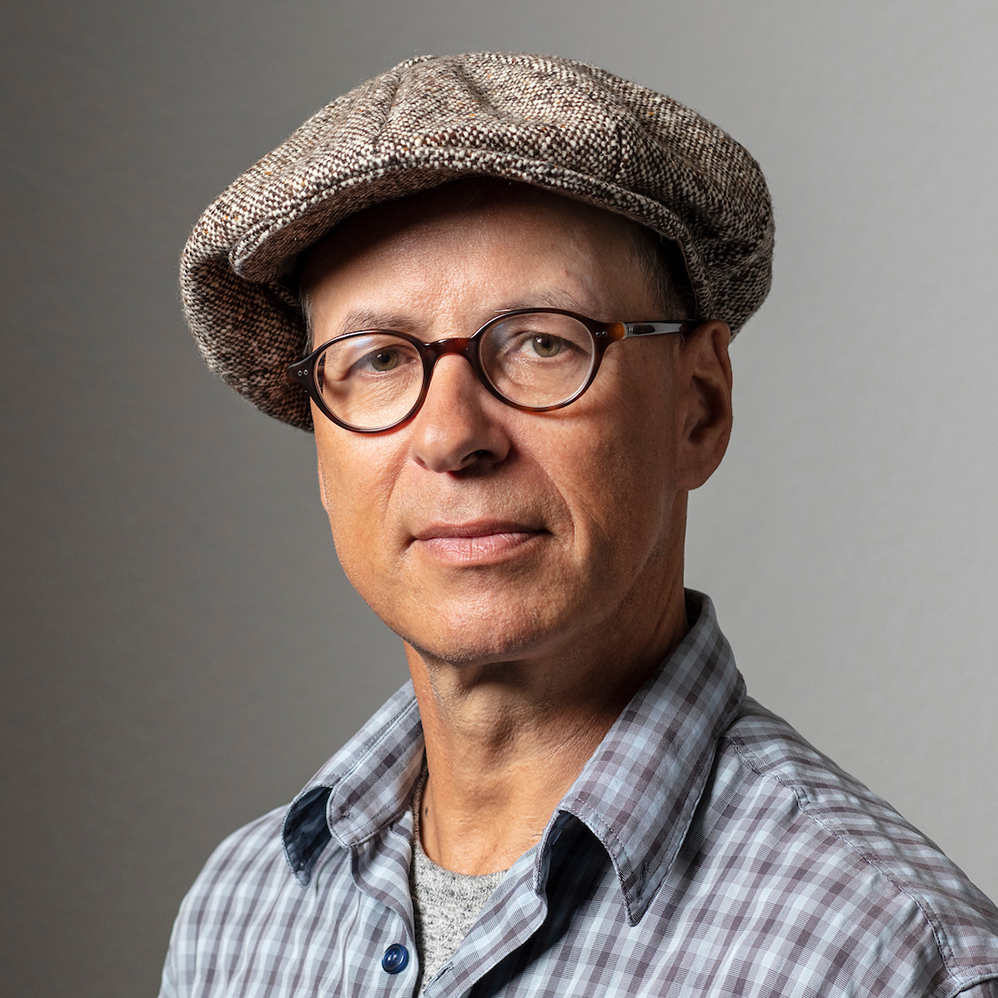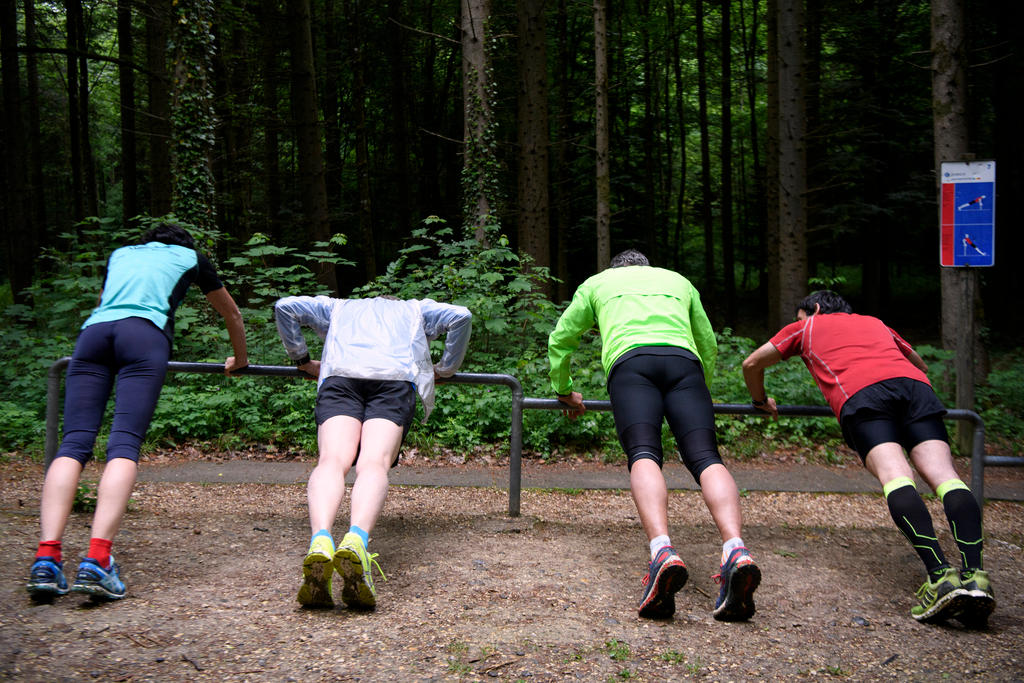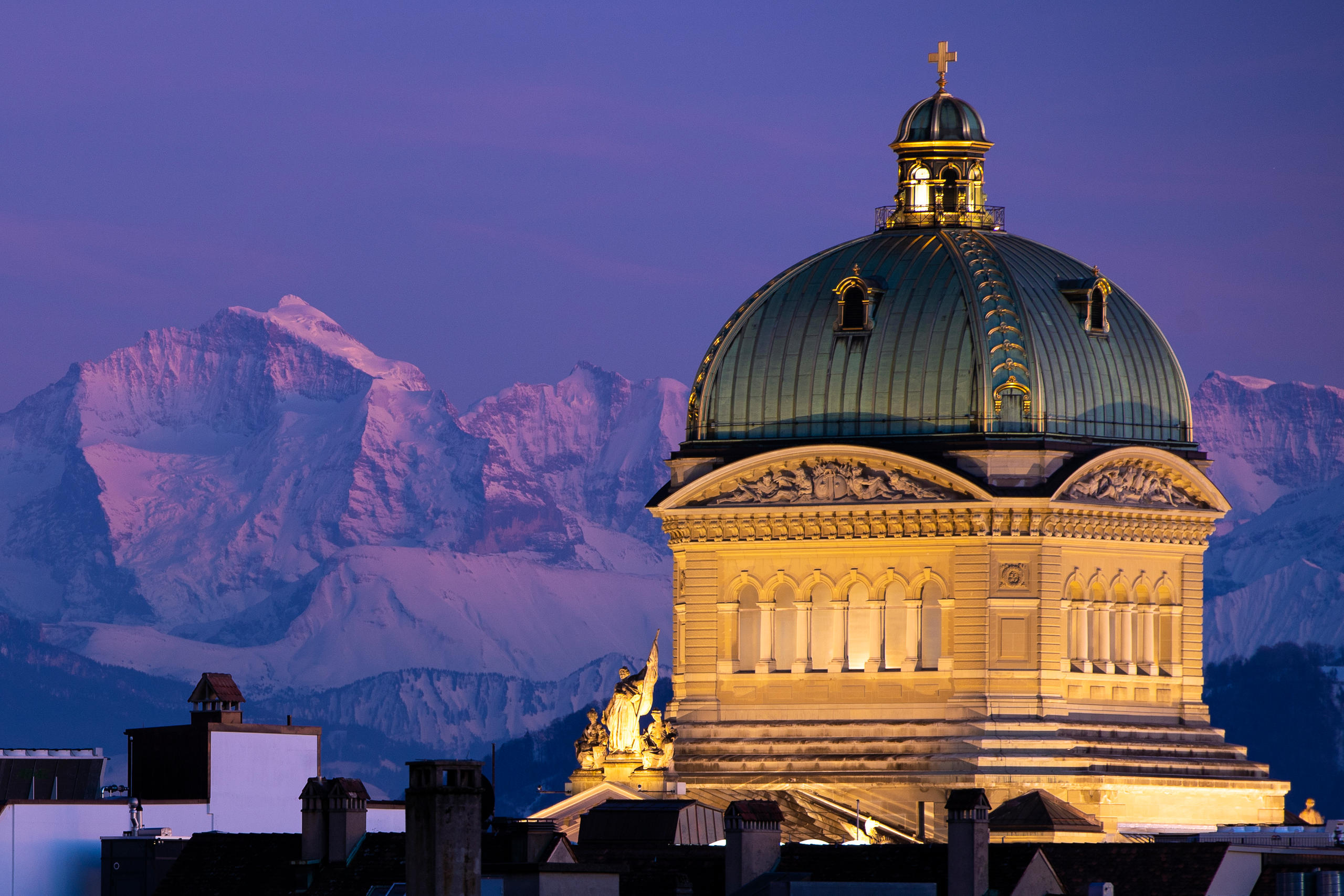Swiss parliament could swing to the left in autumn polls

The Greens and Social Democrats are likely to capitalize on their recent successes in cantonal elections when it comes to October's national elections, according to political scientist Cloé Jans. “The current political climate is modern, liberal and to the Left,” she says.
Jans, the operational director of GfS Bern research institute, considers the good performance of the Green Party and the left-wing Social Democrats to be a reliable indicator for what the outcome of parliamentary elections on October 20 might be.

The right-wing Swiss People’s Party has been losing ground in the cantons since 2015. She puts this down to a certain weakness on issues and structural problems.
swissinfo.ch: The Greens are clearly the winners of recent cantonal parliamentary elections. Do you think they are benefitting from the protest movements against climate change?
Cloé Jans: Definitely. The movement to protect the climate has significantly strengthened the Green Party and also the centrist Liberal Green Party. But this trend started back last year. After the very dry summer, the population was starting to feel the effects of climate change directly.
swissinfo.ch: The Social Democratic Party is also chalking up good results. What has given it a boost since 2015?
C.J.: Politics is cyclical. The last legislature was dominated by themes favouring centre-right and conservative parties. At the moment, it is mainly left-wing issues that are on the agenda. This is the case with old age pensions, on which people want to finally find a solution that can be applied. The issue of health is also at the top of the Swiss agenda.
swissinfo.ch: The Liberal Green Party also has the wind in its sails. Could this little party mark a big success like in its stronghold of canton Zurich?
C.J.: The Liberal Greens are offering something that is in demand from an increasing part of the electorate. It is a young, modern and liberal movement with which growing urban populations can identify. But it must now show that it also has a coherent programme that goes beyond environmental and economic issues.
swissinfo.ch: The traditional centre-right Radical Liberal Party has managed to stem a long decline and stabilize results. How has it done that?
C.J.: What has worked in favour of the left, the Greens and the Liberal Greens during this legislature is their aura of being modern, open and socially liberal parties. It is also to do with their promotion of women and new models for society. In recent years, the Radicals have shown in a relatively credible way that it is also ready for this new beginning.
swissinfo.ch: Nothing new for the centrist Christian Democratic Party, whose decline continues. Why is that?
C.J.: The party’s traditional [rooted in Catholic conservatism] base is dying, and it is having great difficulties renewing it. I think it is also possible that the party itself does not really know whether it should shift to the left and try to look more modern and liberal, or whether it should follow the conservative path of its president, Gerhard Pfister, and move further to the right.
There are currently 11 political parties represented in the Swiss parliament.
The four main parties – the Swiss People’s Party, the Social Democratic Party, the Radical Party and the Christian Democratic Party – share the seven seats in the government.
The Greens as well as the centrist Liberal Greens and the Conservative Democrats also have separate parliamentary groups.
The right-wing People’s Party won just over 29% of the vote in the 2015 elections to the House of Representatives – making it the strongest group in parliament.
Adapted from German by Julia Crawford; ug

In compliance with the JTI standards
More: SWI swissinfo.ch certified by the Journalism Trust Initiative













You can find an overview of ongoing debates with our journalists here . Please join us!
If you want to start a conversation about a topic raised in this article or want to report factual errors, email us at english@swissinfo.ch.